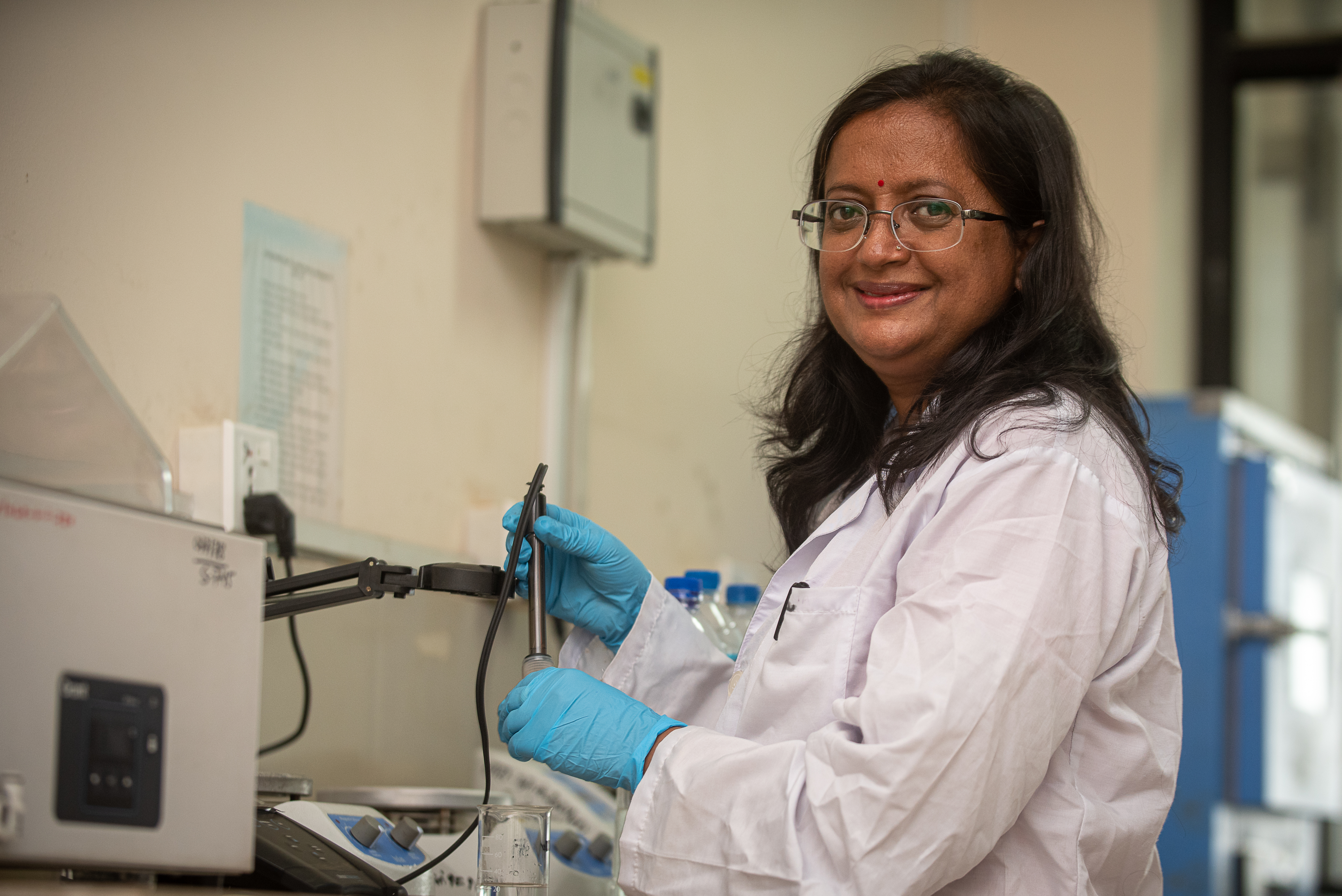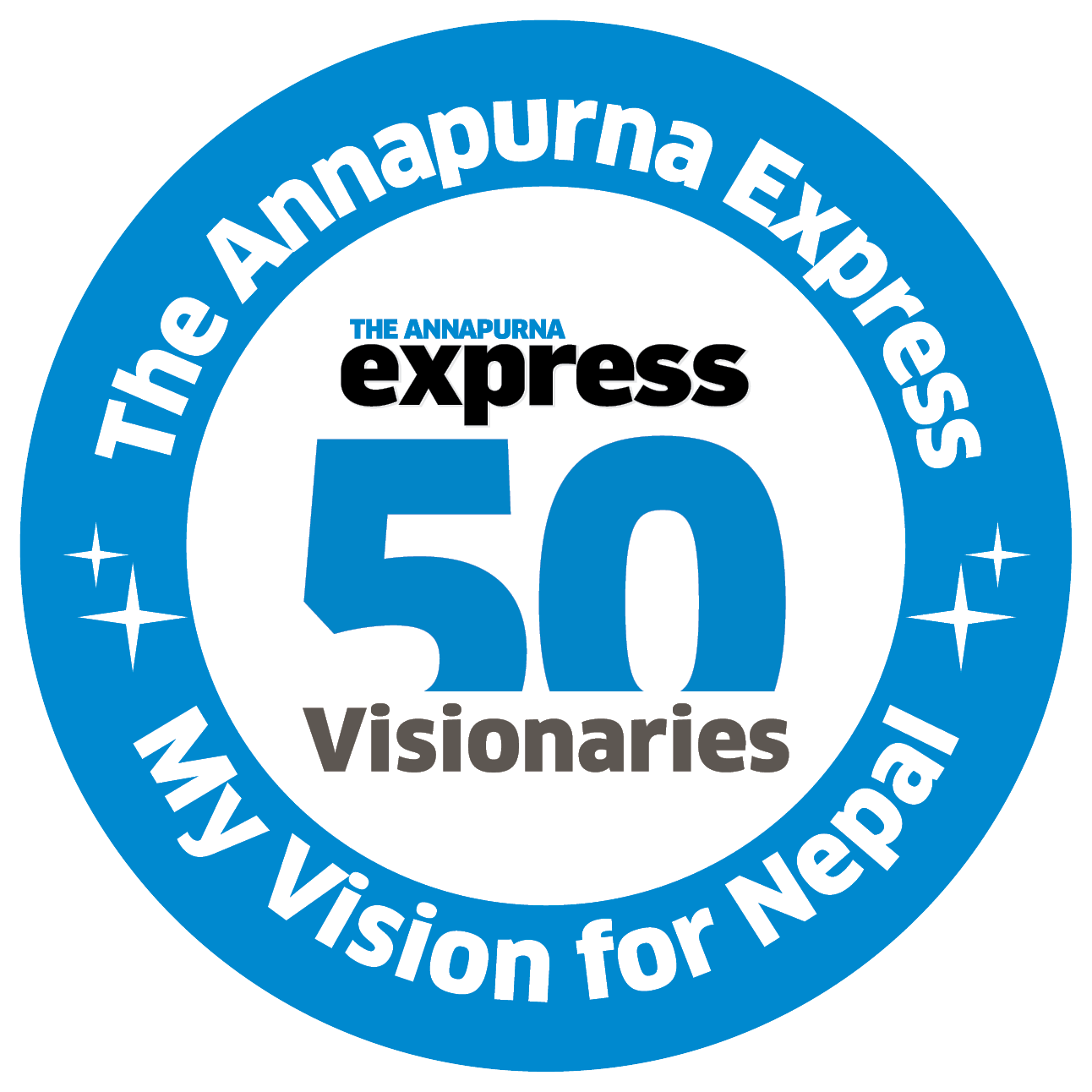My Vision for Nepal | Get more youths into science and research

Get more youths into science and research
Three ways to realize the vision:
1) Proper institutional and infrastructural backing for those interested in the field.
2) Investing, inspiring, and rewarding the achievements of researchers.
3) Getting the government to enact the role of a patron and responsible guardian.
Science is the foundation for development. There is only one thing that sets developed countries apart from developing ones: scientific innovation and its application. So, there is no option but to prioritize science and research in Nepal if we are to compete globally.
For us to make strides in science and research, we need youngsters, but sadly many young people with innovative minds haven’t been properly utilized and recognized. We have been unable to reach out to and convince our youths of the significance of science, technology, engineering, and mathematics (STEM). We must inspire and educate them to increase their involvement in scientific innovations.
Scientific research demands sufficient funding, which we don’t have in this country. Broadly, science has not yet been prioritized here. Scientific research fully relies on laboratories, equipment, and infrastructure. But we haven’t made any progress on these fronts. We don’t have enough facilities for scientific research, innovation, and demonstrations. But a deeper problem is lack of active participation of the younger generation in scientific research. We have thus failed to increase the pace of our development.
Therefore, my vision for Nepal includes an active role for the country’s youth. Youngsters today face a multitude of challenges, including education. Probably due to insufficient state investment, decent education is becoming unaffordable in Nepal. We are losing future innovators as they drop out of schools due to financial problems.
We need to work at the grassroots. It needs to start with our schools. Students should get a proper scientific environment and a ‘learning by doing’ process should be implemented so that we can create genuine attraction for science among our youngsters. Students excel only when they get good teachers, so we should train and mobilize potential educators properly. Motivation is a must for both teachers and students. Students and teachers who do well should thus get proper rewards and incentives.
Academia, industries, and government must secure the career of science graduates, who face a high level of job insecurity. If people in power address these challenges, it’s only a matter of time before Nepal strengthens its capability in science and research. The challenges we face are often interrelated and are centered on decision-makers.
Even with our limited resources, I am doing my duty because I am optimistic that Nepal has a bright future. I believe taking small steps is important to reach a destination that otherwise may seem far away. We have to start by trusting our capabilities and working towards our dreams. In my case, seeing people interested in science and research gives me the motivation to continue with the work I do.
That said, we can’t change things overnight, of course not. So, we should seek a collaborative approach to achieve Sustainable Development Goals. Without partnership and interconnectivity, it is difficult to conduct good research. Science is an exploration and it can’t be done within a closed lab. From the start to the endpoint—the initial idea to the last public product demonstration and usage—we need help and involvement of different sectors. The government could act as a bridge in this. After all, better research leads to better lives.
For me, five ‘M’s are important for scientific research: manpower, management, machines, money, and motivation. These should be supported by three ‘C’s: coordination, collaboration, and cooperation. Science is a disciplined culture and we have to develop it in the same way, with mutual understanding and support.
Nepal is a virgin land where only a negligible amount of research has been carried out. So, the next generation has many opportunities to discover, learn, innovate, and initiate. This global pandemic has also taught us a lot. If we had proper infrastructure and investment, we would not have had to wait for international borders to open to meet our needs. We could have even produced our own vaccines. This is the right opportunity to start things.
There are many things we can learn from China, where I did my PhD. There, students only need to think about their research and publication. Everything else a researcher needs, from the beginning to the end, was already arranged by the university, the professors, and the government. But here in Nepal, students have to think more about logistics than about their research. So, bright students don’t want to stay in Nepal.
For instance, when an industry has a science-related technical problem, students are the ones who research it and solve the problem. The industry should seek help from academia. This could be a collaborative approach as it helps to resolve real problems. Simultaneously, it helps students find their research area and also to complete their degree requirements. Therefore, the government should work towards linking the industry and academia.
Lastly, we need to make our science graduates critical thinkers and curious innovators within our defined national priorities. Innovation will promote indigenous technological advances that will lead to sustained national development.

Quick Questions:
Describe Nepal’s scientific research field in a sentence.
It has tremendous but yet-to-be realized opportunities.
What made you take up science?
It’s a childhood attraction. My parents used to say that those who study science are hard-working and talented. This saying became my inspiration.
A quote you live by?
I have two actually: ‘Time and tide wait for no man’ and ‘Honesty is the best policy’.
related news
My Vision for Nepal | See Nepali women’s football team lift SAFF championship
April 18, 2022, 9:43 p.m.
My Vision for Nepal | A top global tourist destination
April 11, 2022, 6:19 p.m.
My Vision for Nepal | A clean country built on sustainable and socially inclusive waste management
April 5, 2022, 12:42 a.m.
My Vision for Nepal | Internationally acclaimed Nepali movies
March 28, 2022, 8:02 p.m.
My Vision for Nepal | Equal respect for all genders: male, female and queer
March 21, 2022, 7:11 p.m.
My Vision for Nepal | Economic growth and socio-economic development
March 14, 2022, 2:29 p.m.
My Vision for Nepal | Zero trafficking of Nepali people
March 7, 2022, 5:13 p.m.
My Vision for Nepal | A healthy, educated, and hospitable country
Feb. 28, 2022, 7:47 p.m.











Comments